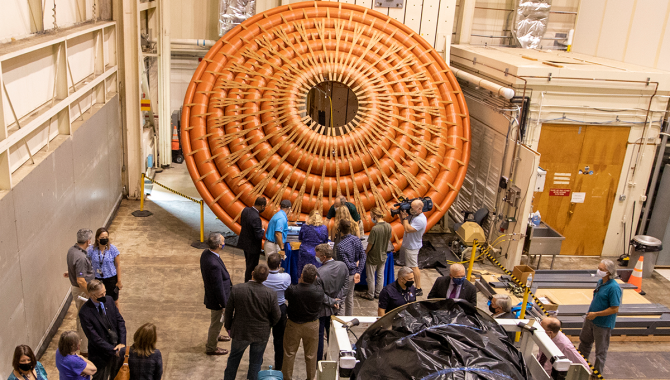NASA’s Low-Earth Orbit Flight Test of an Inflatable Decelerator (LOFTID) mission has completed its technological demonstration. The “inflatable aerodynamic decelerator,” often known as the “aeroshell,” technology might one day aid in the landing of people on Mars.

According to NASA, stiff aeroshells, parachutes, and rockets have been used to decelerate people, vehicles, and gear during their entrance descent and landing onto a planet or other cosmic object having an atmosphere.
The space agency worked on its Hypersonic Inflatable Aerodynamic Decelerator (HIAD) technology for more than a decade. The LOFTID orbital flight test was the program’s next stage. According to NASA, the LOFTID reentry vehicle was the biggest blunt body to ever enter the atmosphere, measuring 6 metres in diameter.
Drag acts on a spaceship or anything else entering a planet’s atmosphere, slowing it down and turning kinetic energy into heat. Because of its huge size, the HIAD device generates greater drag and initiates the deceleration process higher in the atmosphere than typical aeroshells.
Not only will this enable for significantly bigger payloads, but it may also allow for landings at greater altitudes. It might potentially be used to return big things from Earth’s orbit, such as goods from the International Space Station. According to NASA, the technique might also be used to recover rocket assets after they have been launched.
A HIAD device will feature an inflatable construction that can maintain its form in the face of drag forces. It will also include a flexible thermal protection mechanism to keep it safe from the heat generated during re-entry. It is constructed from a stack of pressurised concentric rings that are connected together to form a cone-shaped structure.
These rings are constructed of braided synthetic fibres that are 15 times stronger than steel, according to NASA. Because the entire system is foldable, packable, and deployable, it will take up less space aboard rockets. This also makes its design scalable.











